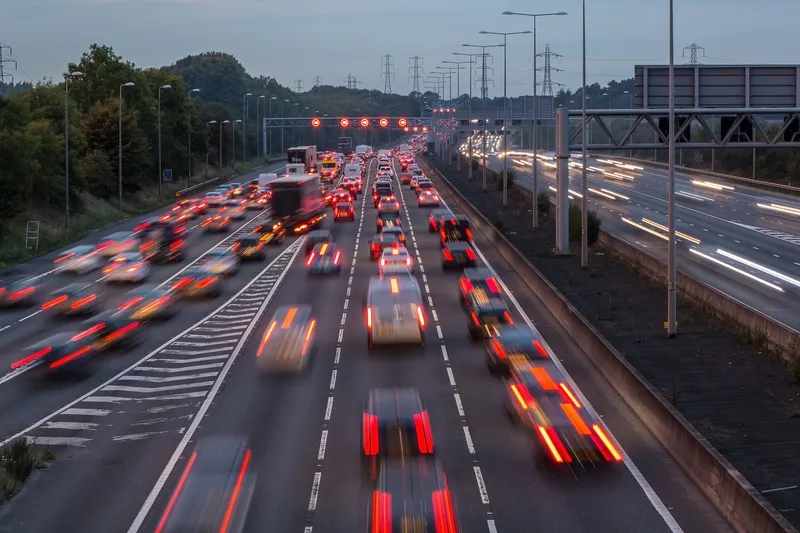The 2014 report from the Road Safety foundation, How safe are you on Britain’s roads? claims that the majority of British road deaths are concentrated on just 10 per cent of the British road network, motorways and 'A' roads outside major urban areas. The report measures and maps the differing risk of death and serious injury road users face across this network, sometimes 20 times or more different.
It also tracks which roads have improved, and those with persistent and unacceptable high risks. It highlig
November 27, 2014
Read time: 2 mins
The 2014 report from the 776 Road Safety foundation, How safe are you on Britain’s roads? claims that the majority of British road deaths are concentrated on just 10 per cent of the British road network, motorways and 'A' roads outside major urban areas. The report measures and maps the differing risk of death and serious injury road users face across this network, sometimes 20 times or more different.
It also tracks which roads have improved, and those with persistent and unacceptable high risks. It highlights roads where authorities have taken effective action. On 15 stretches of roads, low cost action such as road marking and improved signage has reduced serious crashes by 80 per cent, worth a staggering US$0.6 billion to the economy.
The report shows major differences not only between individual roads but between whole regions. The risks road users face overall on the major roads of the East Midlands are a startling two thirds higher than neighbouring West Midlands - greater than between many European countries.
Risk on the roads depends on the way we drive, the vehicles we drive and the roads we drive on. But, with similar vehicles and drivers, it is the in-built safety of the roads in the West Midlands that explains its better performance - more travel is done on safer roads. The motorways and single carriageways of the West Midlands have the greatest in-built safety of any region.
It is often neither difficult nor expensive to raise infrastructure safety. It brings high returns to the economy. It requires systematic measurement of risk. The in-built safety of the infrastructure of roads, like cars, is now measured worldwide.
It also tracks which roads have improved, and those with persistent and unacceptable high risks. It highlights roads where authorities have taken effective action. On 15 stretches of roads, low cost action such as road marking and improved signage has reduced serious crashes by 80 per cent, worth a staggering US$0.6 billion to the economy.
The report shows major differences not only between individual roads but between whole regions. The risks road users face overall on the major roads of the East Midlands are a startling two thirds higher than neighbouring West Midlands - greater than between many European countries.
Risk on the roads depends on the way we drive, the vehicles we drive and the roads we drive on. But, with similar vehicles and drivers, it is the in-built safety of the roads in the West Midlands that explains its better performance - more travel is done on safer roads. The motorways and single carriageways of the West Midlands have the greatest in-built safety of any region.
It is often neither difficult nor expensive to raise infrastructure safety. It brings high returns to the economy. It requires systematic measurement of risk. The in-built safety of the infrastructure of roads, like cars, is now measured worldwide.










